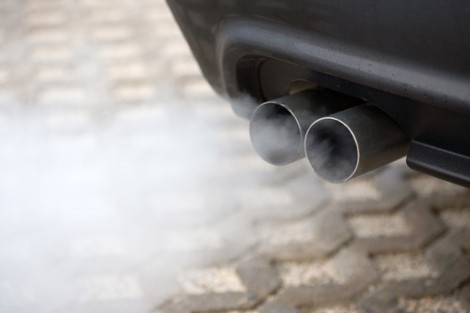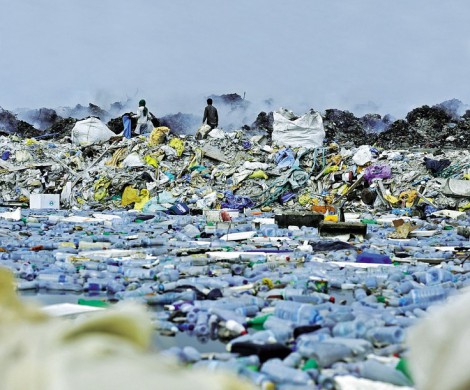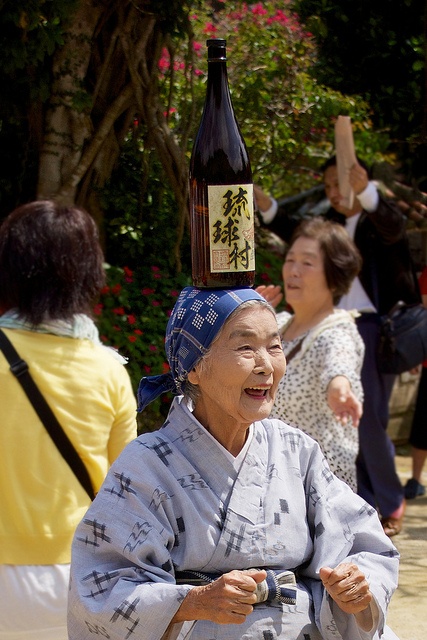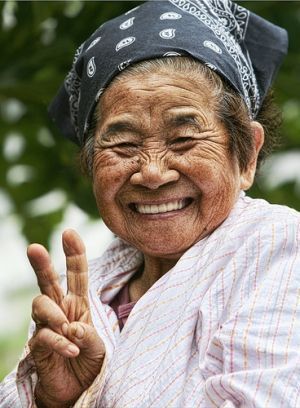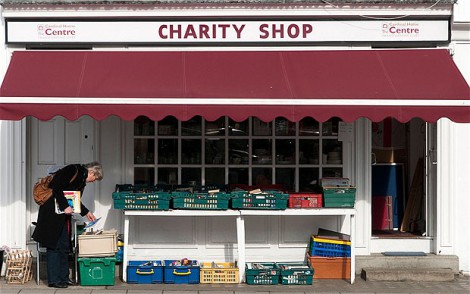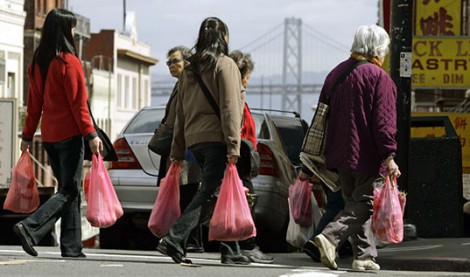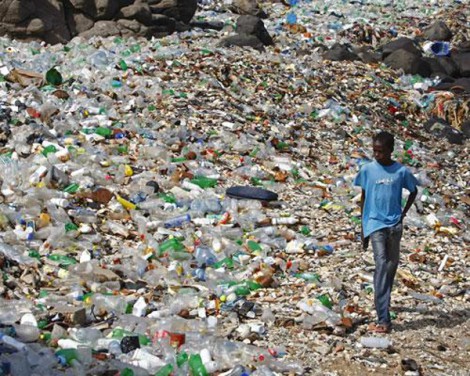Ikaria is a tiny Greek Island surrounded by the Aegean Sea in the far east of the Mediterranean, just 30 kilometers off the Turkish Coast. Why is this isolated little island so special? It is unique as it is one of the few places on Earth, where longevity is not the exception, but the norm.
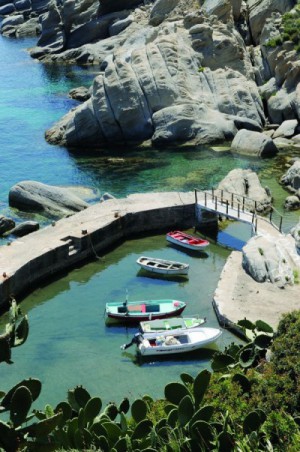
Ikarians tend to live much longer than people normally do. It is not surprising to come across centenarians on the island, who enjoy good health and an active life.
Dan Buettner, a former long-distance cyclist discovered this special feature of Ikaria in 2004, when he researched demographics and longevity in the world. He teamed up with physicians and demographers and investigated locations where life expectancy was high and the concentration of centenarians exceeded the average. He only found five such locations in the world, which he named “blue zones”. One of these blue zones is Ikaria, where approximately 8,000 people enjoy the privilege of longevity.
In Ikaria, the likelihood of people living to the age of 100 is a staggering 10 times higher than in other parts of the world. Ikarians not only live long, often to 100 years of age and beyond, but they do maintain good health throughout their lives. For example, Buettner and his team discovered that elderly Ikarians tend to be free of dementia, depression, cancer, heart disease and other chronic illnesses.
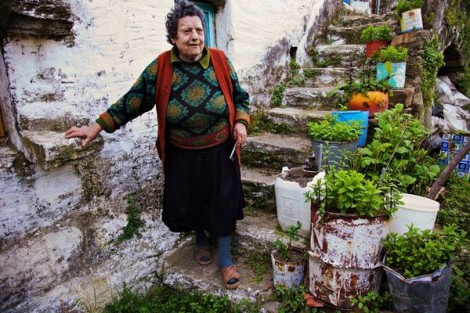
From a historic point of view, it turned out that in the past, Ikaria was frequently invaded by Persians, Romans and Turks. The invasions prompted the local population to move to the central area of the island, where they lived in isolation. Because of their isolation, they developed a micro-culture, which is unique and completely their own. In the Ikarian micro-culture, family, traditions, social life and support of each other are very important values. As an elderly Ikarian pointed out, “It’s not a ‘me’ place. It’s an ‘us’ place.”.
Climate may also be a contributor to the exceptional life expectancy on Ikaria. The warm weather, the proximity of the sea and the good quality air definitely support health. Just like the mountainous terrain that prompts locals to maintain an active, outdoors lifestyle.
The traditional, low calorie Ikarian diet may also contribute to the healthy and long life of locals. Ikarians don’t’ consume refined sugars or processed foods and they eat meat very rarely. Instead, they maintain a primarily plant-based diet, consisting of home-grown vegetables. They consume beans, lentils, potatoes and wild greens. They eat plenty of fish, too. Dairy is rarely eaten, except for goat’s milk. Also, Ikarians drink lots of coffee, herbal teas infused with sage and mint and well as home-produced, pure red wine. Everything they eat and drink is home-grown and locally produced, therefore they don’t consume pesticides and chemicals. Ikarians also fast occasionally, which is also said to be beneficial for their health by slowing down their aging process.
As Ikarians grow their food and raise their animals themselves, they maintain an active, outdoor lifestyle. They spend a lot of time outdoors and they also walk fair distances every day, mostly on the mountainous inland terrain of the island. Life in Ikaria is active, but not stressful. Locals take afternoon naps, don’t rush and spend a lot of time with their families, friends and neighbours. They have purpose in life.
The research came to the conclusion that longevity in Ikaria is down to a multitude of factors including culture, geography, climate, nutrition, lifestyle and positive spirits. Life is not only long, but it is of high quality.
The Recipe of Ikarian Longevity
Let’s see what we can take over from the Ikarians to support a long and healthy life for ourselves:
- Adopt a Mediterranean diet: Follow a primarily plant-based, organic diet. Add lots of whole grains, vegetables, fruits and pulses and try cooking with olive oil. Drink some good quality red wine and try herbal teas. Avoid meat as much as possible, but do include some fish in your diet.
- Minimise your dairy intake: Minimise processed dairy intake, and replace cow’s milk to goat’s milk in your diet.
- Be active: Exercise is key in the traditional Ikarian lifestyle in the form of farming, gardening and walking. It is advantageous to adopt some of these practices into modern, urban lifestyles, too. Try walking, a bit of gardening if possible and just spend time outdoors.
- Drink herbal teas: Herbal teas include antioxidants that keep diseases at bay and strengthen the immune system. Sip a cup of tea infused with mint, sage, rosemary or oregano and enjoy their health benefits.
- Take a nap: A midday rest can be beneficial for your health as it lowers stress hormone levels and rests the heart. It is, unfortunately, wholly impractical to include naptime into urban lifestyles. Nevertheless, if you try having a nap at weekends, you may enjoy some of the benefits.
- Fast: Ikarians are Greek Orthodox Christians, who occasionally fast due to religious purposes. Try restricting your calorie intake occasionally by 30 percent or more, as it is a proven way to slow down the aging process of mammals.
- Socialise: Spending time with family, relatives and friends is beneficial for our mental health. Keep good spirits and socialise!
- Manage your stress levels: Ikarians are not stressed-out folks. Do try to manage your stress levels to maintain your health and enjoy a longer life!
Let’s learn from Ikarians and adopt their way of life as much as we can! We may live longer and happier lives!


